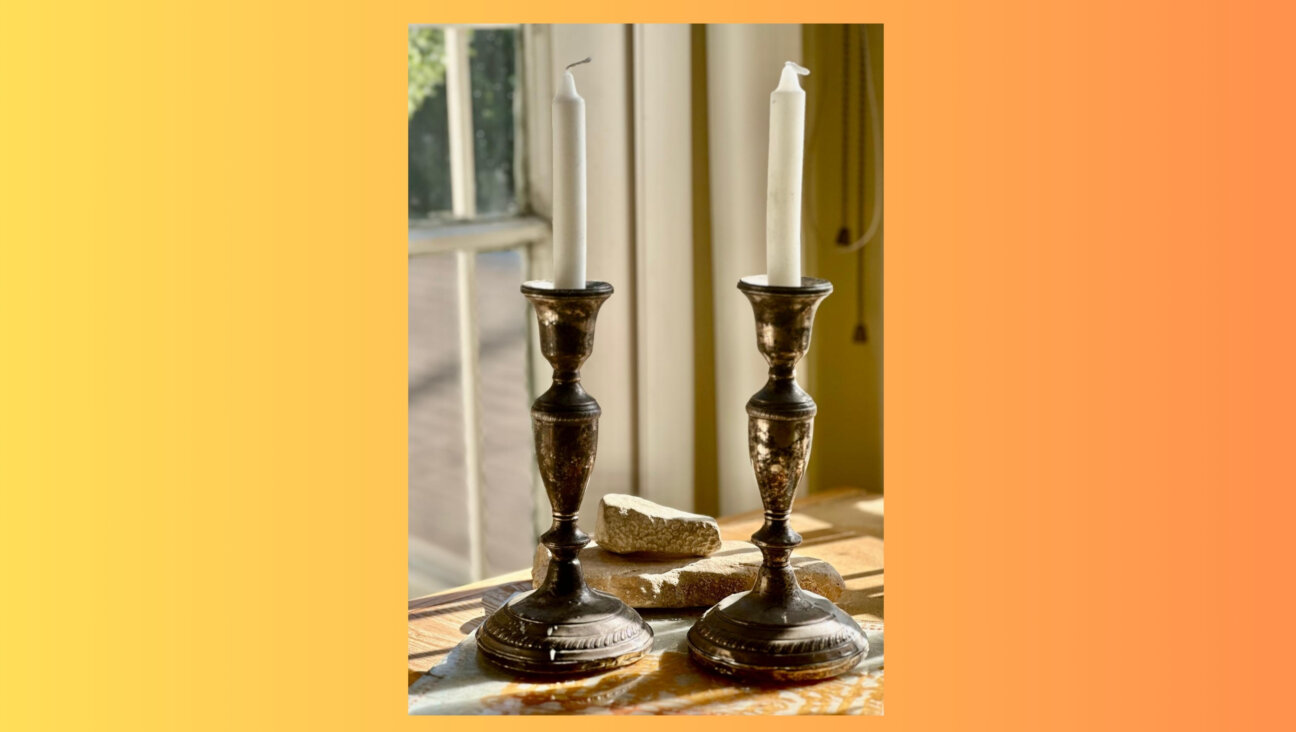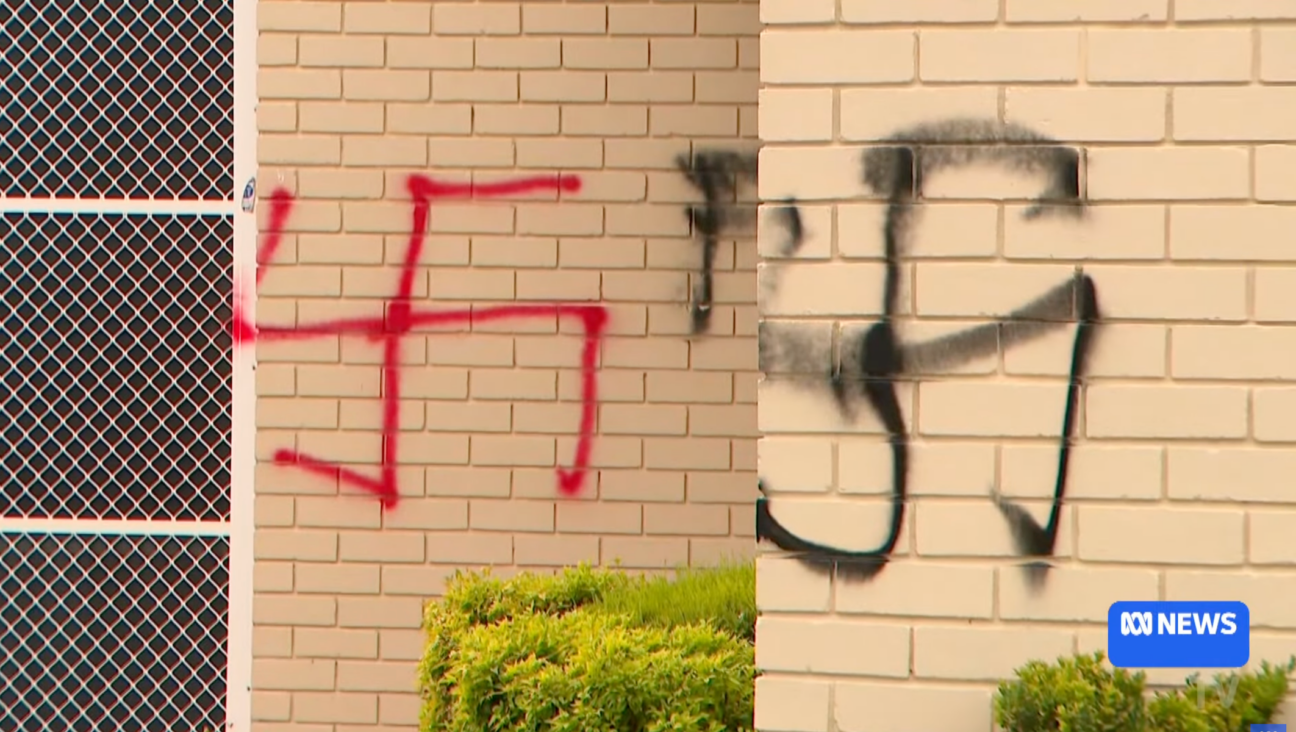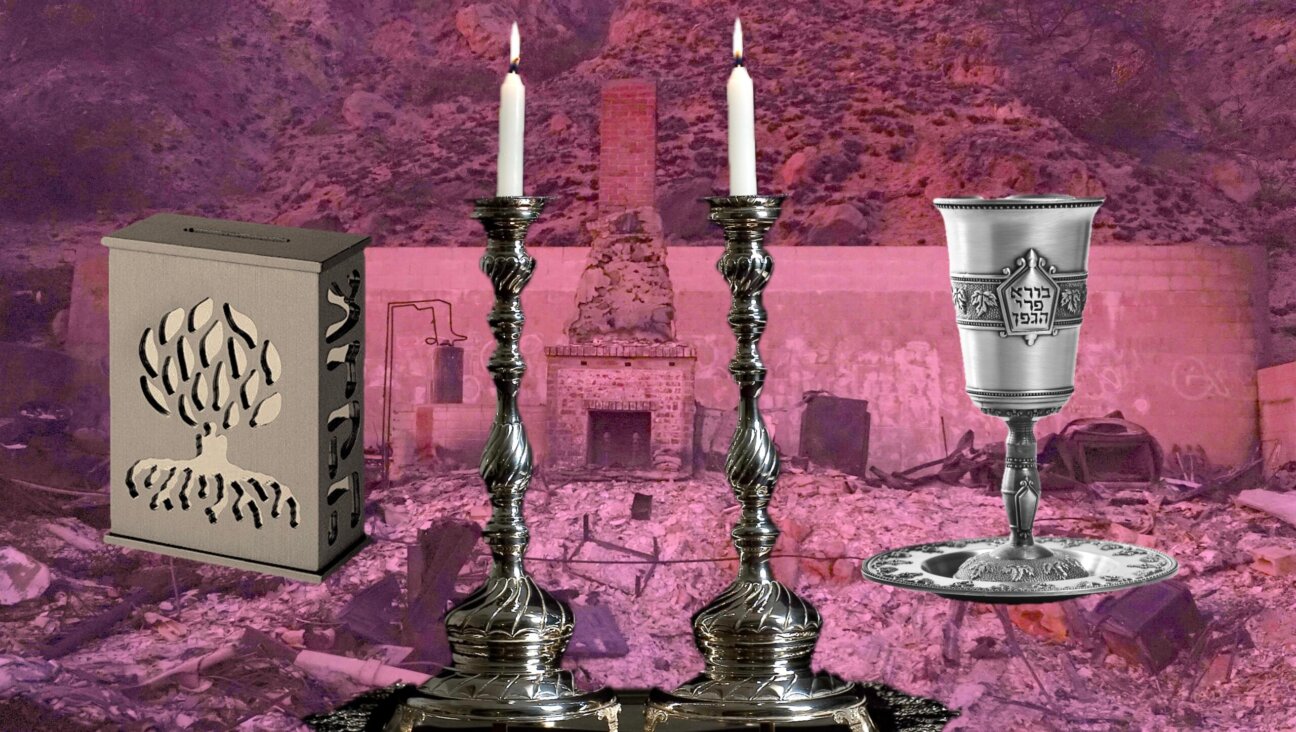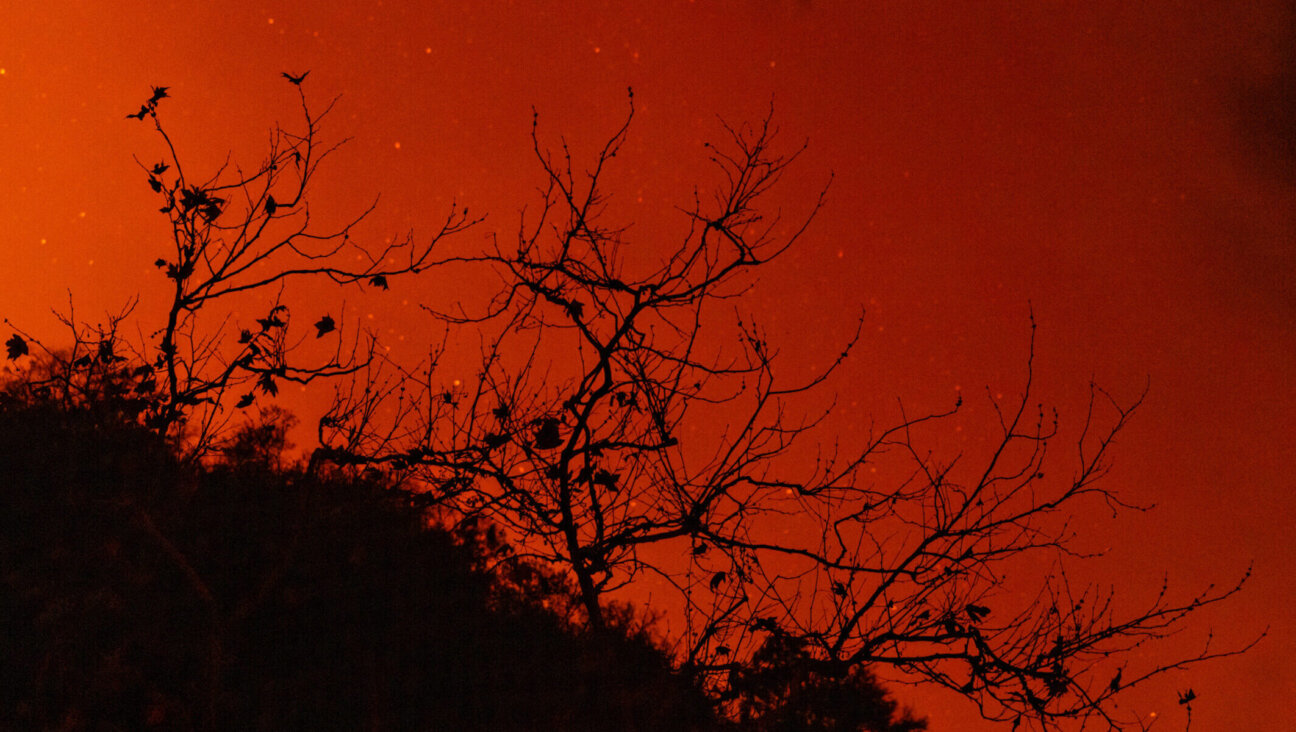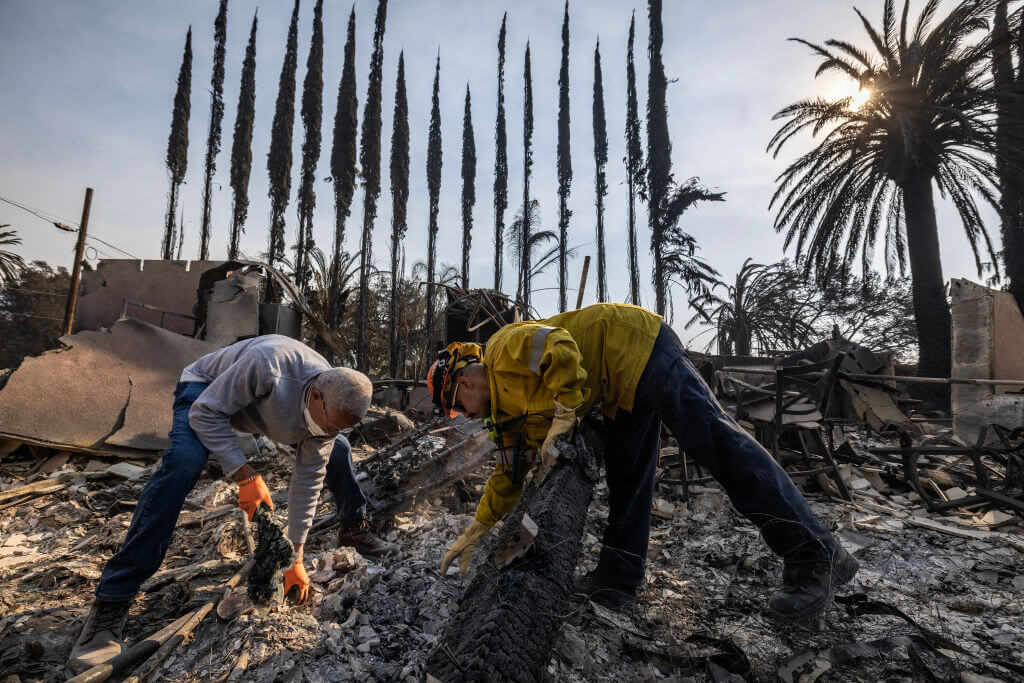Organization Helps the Visually-impaired Feel Their Way Into the New Year
There is not a spot of ink on the pages of one of the High Holy Day prayer books produced by David Toiv’s nonprofit organization, the Jewish Heritage for the Blind — just line after line of raised bumps.
The prayer book, which is in Braille, has been distributed free of charge for more than 20 years. “[The visually impaired] should have the same opportunity to learn what’s going on, just like sighted people,” Toiv said.
To that end, the Brooklyn-based organization produces a variety of Orthodox religious materials for the blind and for the visually impaired, including religious storybooks for children, prayer books for the major Jewish holidays and, most recently, prayers for Sabbath candle lighting and for visiting the cemetery. The group has distributed to all kosher restaurants in the United States large-print booklets containing the grace said after meals.
Toiv, who received his ordination within the Chabad-Lubavitch movement, decided to focus his energies on the visually impaired after volunteering at the Yonkers Home for the Blind during the late 1970s. Many of the residents there were elderly and spoke only Yiddish. They craved a connection — any connection — with Jewish culture. When Toiv brought in recordings of popular old-time cantors, some residents cried.
This year, the Jewish Heritage for the Blind expects to distribute about 700 holiday prayer books, most of which will be in large print. The large-print version, which Toiv said is increasingly in demand, has English and Hebrew side by side. Braille versions, however, are available in English or in Hebrew. (In a remarkable showing of rabbinic flexibility, the book’s English version comes with endorsements from some of the today’s leading ultra-Orthodox authorities.) Hebrew Braille has its own system, distinct from English. For the Hebrew version, Toiv enlisted the services of an Israeli manufacturer.
But for Toiv, the extra effort is more than worth it.
Otherwise, he said, the visually impaired person often “just sits there like a piece of wood and remembers a long time ago, when he could see clearly.”
For more information about large-print and Braille religious materials, go to www.heritagefortheblind.com.
A message from our Publisher & CEO Rachel Fishman Feddersen

I hope you appreciated this article. Before you go, I’d like to ask you to please support the Forward’s award-winning, nonprofit journalism so that we can be prepared for whatever news 2025 brings.
At a time when other newsrooms are closing or cutting back, the Forward has removed its paywall and invested additional resources to report on the ground from Israel and around the U.S. on the impact of the war, rising antisemitism and polarized discourse.
Readers like you make it all possible. Support our work by becoming a Forward Member and connect with our journalism and your community.
— Rachel Fishman Feddersen, Publisher and CEO









